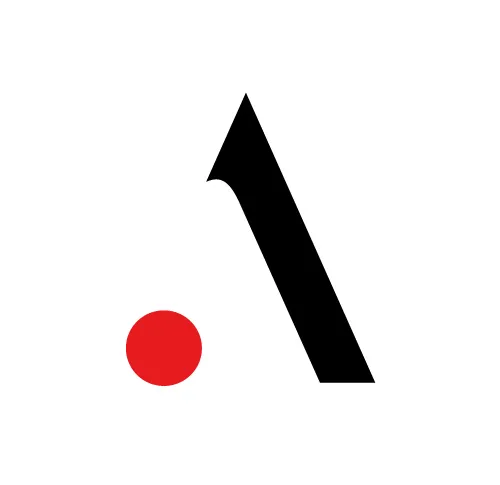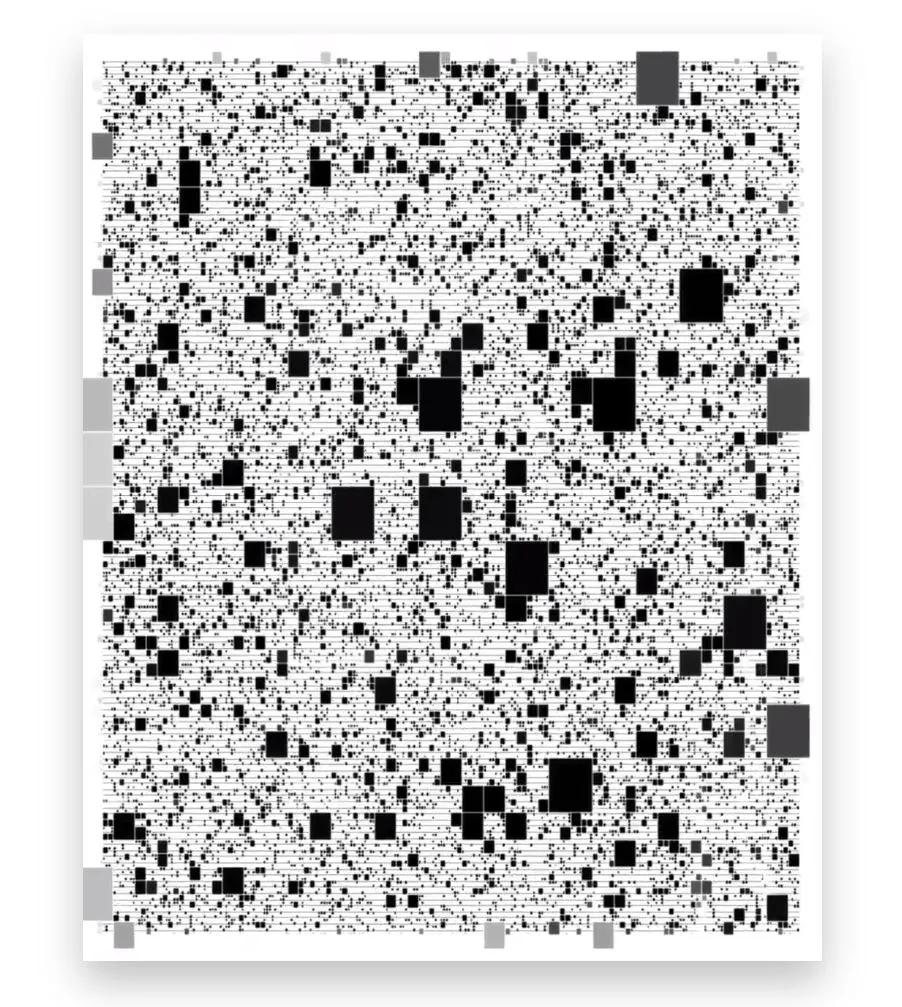How to Price Your Art in 2025: A Simple Guide for Emerging Creatives
Learn how to price your art confidently in 2025 with simple formulas, market tips, and strategies for selling online and building value.


Pricing your artwork can feel like a mystery—too high, and no one buys; too low, and you undersell your value. If you’re just starting to build your practice or launching your online store, here’s your go-to guide for confidently pricing your work in 2025.
1. Know Your Costs (Yes, All of Them)

Start with the basics. Factor in:
Materials (canvas, paint, tech, printing)
Studio rent or workspace fees
Time spent creating (what’s your hourly rate?)
Shipping and framing (if applicable)
Tip: Even digital artists should account for time, software costs, and energy spent in ideation.
2. Use a Simple Pricing Formula

A good starting formula is:
(Hourly rate × hours worked) + material costs = base price
You can adjust this based on your experience, demand, or exhibition history.
Example: If you worked 10 hours at $30/hr and spent $50 on materials, your base price is $350.
3. Research the Market

Look at what similar artists in your field are charging. Platforms like Saatchi Art, Artsy, and even Instagram shops can help.
Pay attention to:
Medium and size
Experience level of the artist
Whether they’re selling digital or physical works
Don’t copy—use this as a benchmark to stay competitive.
4. Be Consistent (Especially Online)

Collectors notice inconsistencies. If a 12×12 print is $100 on one site and $40 on another, it undermines your credibility.
Use a pricing chart to keep your work consistent across platforms. And don’t forget to include tax, shipping, and platform fees in your final listing price.
5. Don’t Apologize for Your Price

You’re not just selling a product—you’re selling your vision, your time, and your craft.
Be clear, be confident, and own your value. If you’re just starting out, it’s okay to grow into your price point, but never undersell yourself out of fear.
Bonus: Digital Artists, Here’s Your Pricing Cheat Sheet

Digital art is booming—especially in Web3. When pricing digital works, consider:
Edition size (1/1s vs open editions)
Licensing rights (commercial vs personal use)
File size and resolution
Blockchain minting and gas fees (if using NFTs)
Pro tip: Many artists using .ART domains also link directly to their marketplaces or portfolios, making pricing transparent and accessible.
Ready to Sell? Let Your Website Do the Work
A .ART domain gives your work a professional, memorable home. Artists who take themselves seriously invest in a strong digital presence—and pricing is part of that story.





